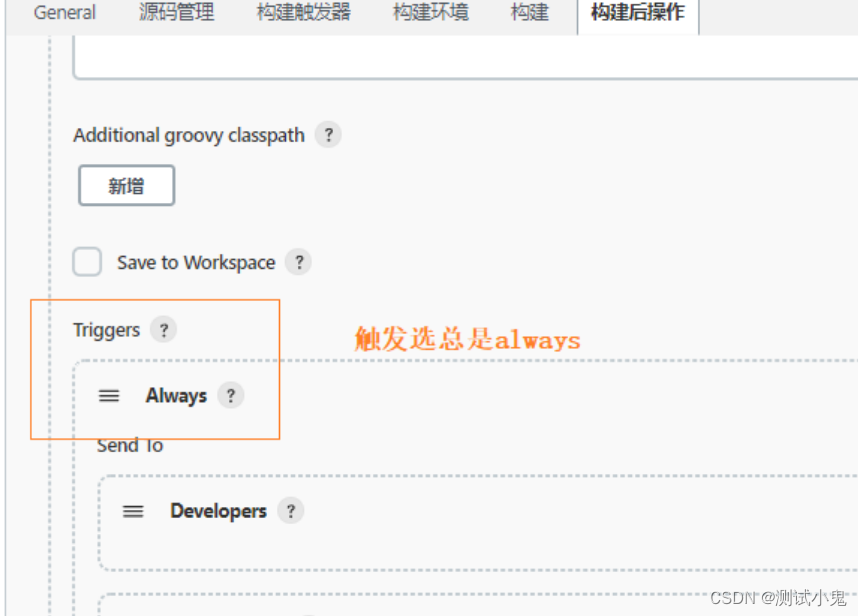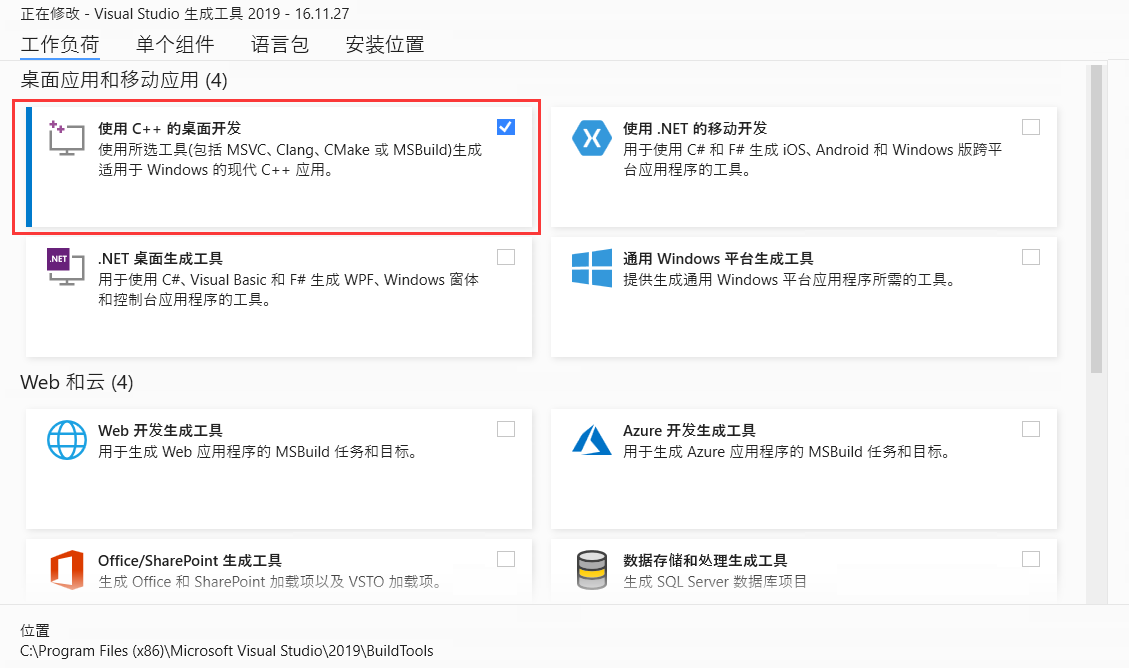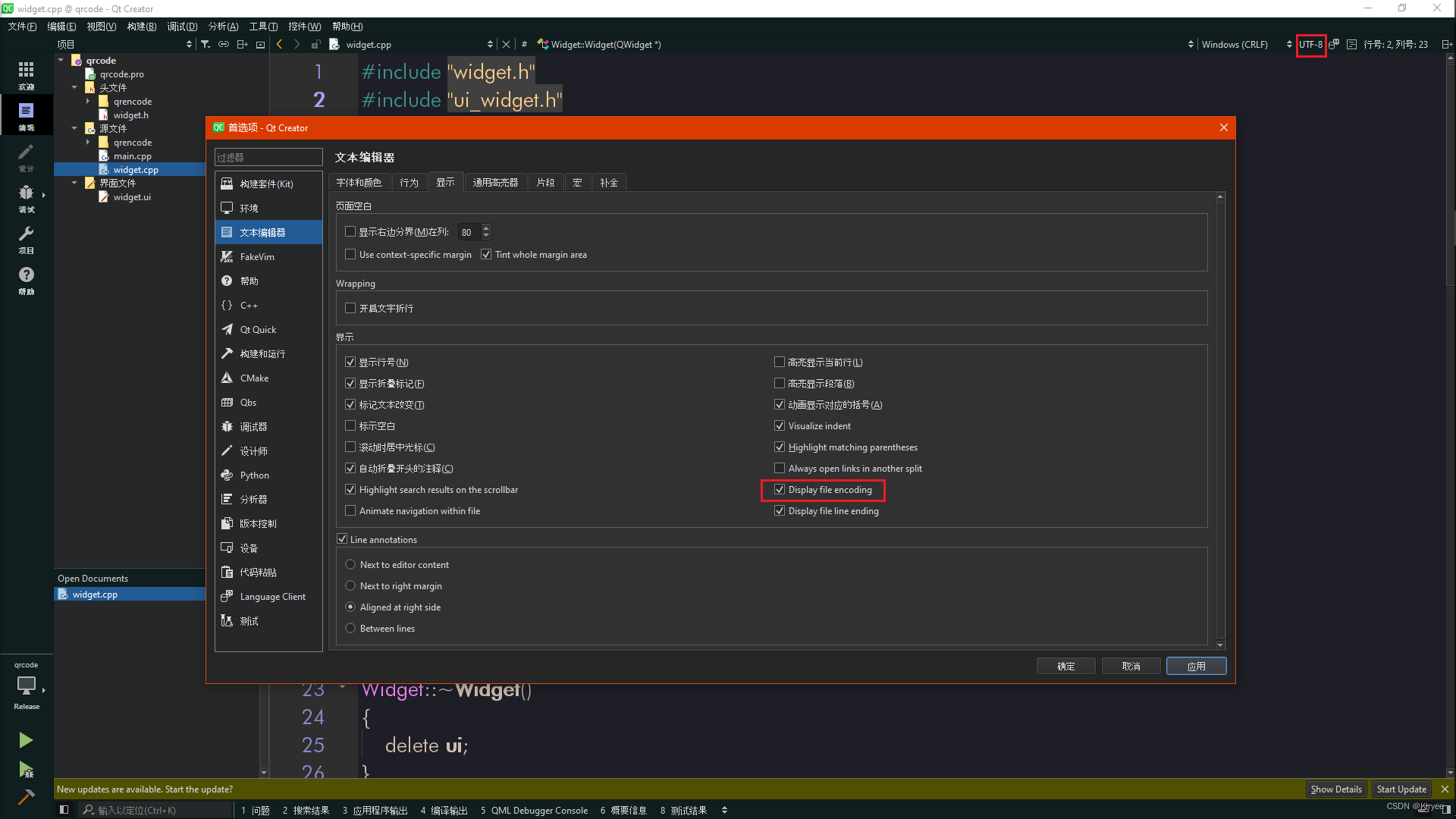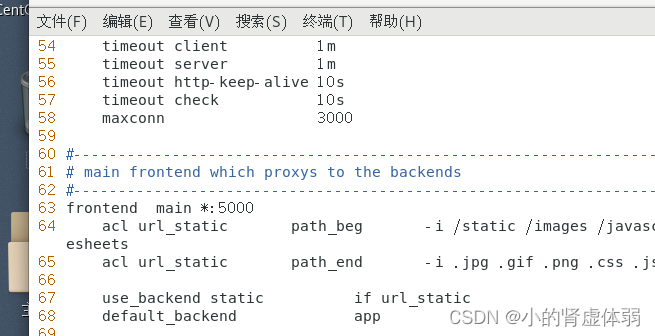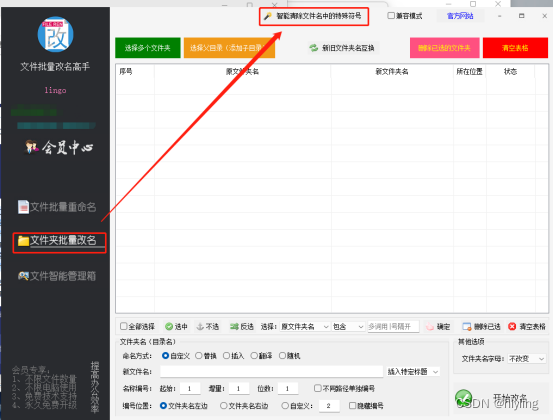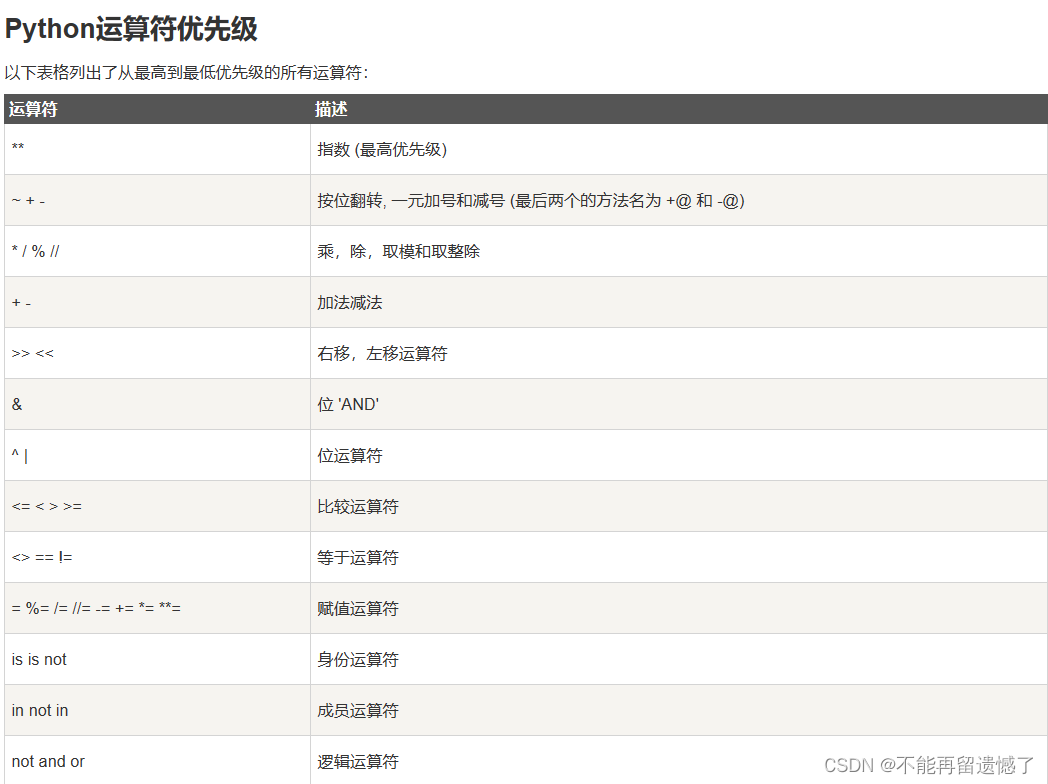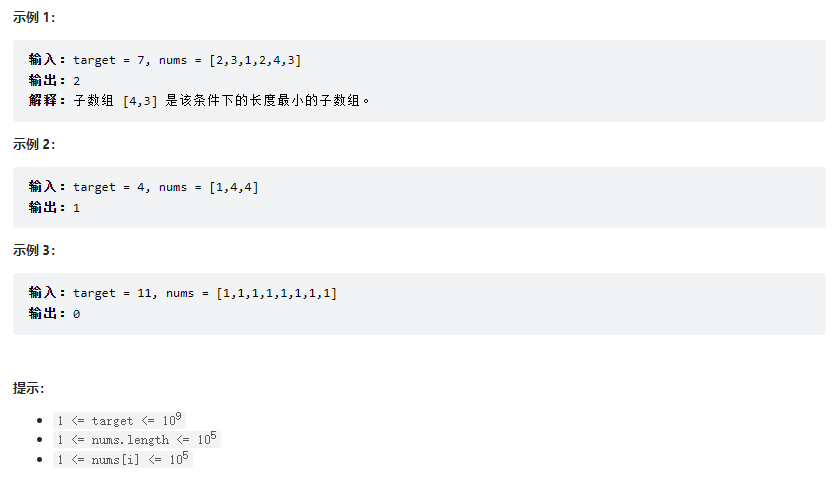1. 定义组件
- 函数式定义(简单组件),使用function定义
import React from 'react';
import ReactDOM from 'react-dom/client';
function App() {
return (
<button onClick={handleClick}>click</button> // 直接把方法handleClick赋值给onClick
)
function handleClick() {
alert('click')
}
}
export default App; // 其他组件引用时需要export出去
const root = ReactDOM.createRoot(document.getElementById('root'));
root.render(<App />);
- 类式定义(复杂组件),使用class定义
import React from 'react';
import ReactDOM from 'react-dom/client';
class App extends React.Component {
render() {
return (
<button onClick={this.handleClick}>click</button> // this代表在App的实例对象上赋值handleClick
)
}
handleClick() {
alert('click')
}
}
export default App; // 其他组件引用时需要export出去
const root = ReactDOM.createRoot(document.getElementById('root'));
root.render(<App />);
2. state,设置组件初始值
- 原始定义,需要在constructor中定义state和绑定方法handleClick的this
class Weather extends React.Component {
// 创建构造器,类似ruby的initialize
constructor(props) {
// 构造器是否接收props,是否传递给super,取决于是否希望在构造器中通过this访问props
// 如果是 super(),则 console.log(this.props)为undefined, console.log(props)就是传进来的props
// 如果是 super(props),则 console.log(this.props)为Weather的实例
super(props) // 调用父类React.Component的构造器
this.state = { isHot: true, wind: 'big' }
this.handleClick = this.handleClick.bind(this) // 给handleClick绑定this
}
render() {
const isHot = this.state.isHot
return (
<h1 onClick={this.handleClick}>Today is very {isHot ? 'hot' : 'cold'}, wind: {this.state.wind}</h1>
)
}
handleClick() {
this.setState({ isHot: !this.state.isHot, wind: this.state.wind !== 'big' ? 'big' : 'small' })
}
}
- 简化后在类中直接给state和handleClick赋值,就直接把属性和方法绑定到Weather的实例上了
class Weather extends React.Component {
// 初始化
state = { isHot: true, wind: 'big' }
// 渲染
render() {
const isHot = this.state.isHot
return (
<h1 onClick={this.handleClick}>Today is very {isHot ? 'hot' : 'cold'}, wind: {this.state.wind}</h1>
)
}
// 自定义方法
handleClick = () => {
this.setState({ isHot: !this.state.isHot, wind: this.state.wind !== 'big' ? 'big' : 'small' })
}
}
3. props,从组件外部给组件定义中传值
- 函数式组件使用props
- 函数式组件使用props
```typescript
import React from 'react';
import ReactDOM from 'react-dom/client';
import PropTypes from 'prop-types';
function Person(props){
const { name, age, sex } = props
return (
<ul>
<li>name: {name}</li>
<li>age: {age}</li>
<li>sex: {sex}</li>
</ul>
)
}
// 限制属性
Person.propTypes = {
name: PropTypes.string.isRequired,
age: PropTypes.number,
sex: PropTypes.string,
speak: PropTypes.func
}
// 设置属性默认值
Person.defaultProps = {
age: 18,
sex: 'female'
}
function speak() {
console.log('speak')
}
const root = ReactDOM.createRoot(document.getElementById('root'));
const p = { name: 'Tom' }
root.render(
<React.StrictMode>
{/* <Person name={p.name} age={p.age} sex={p.sex} speak={speak} /> */}
<Person {...p} speak={speak} />
</React.StrictMode>
);
- 类式组件使用props
import React from 'react';
import ReactDOM from 'react-dom/client';
import PropTypes from 'prop-types';
class Person extends React.Component {
render() {
const { name, age, sex } = this.props
return (
<ul>
<li>name: {name}</li>
<li>age: {age}</li>
<li>sex: {sex}</li>
</ul>
)
}
state = { isHot: true } // 这是给组件实例对象赋值
// 限制属性 前面加 static 是给组件类赋值
static propTypes = {
name: PropTypes.string.isRequired,
age: PropTypes.number,
sex: PropTypes.string,
speak: PropTypes.func
}
// 设置属性默认值
static defaultProps = {
age: 18,
sex: 'female'
}
}
function speak() {
console.log('speak')
}
const root = ReactDOM.createRoot(document.getElementById('root'));
const p = { name: 'Tom' }
root.render(
<React.StrictMode>
{/* <Person name={p.name} age={p.age} sex={p.sex} speak={speak} /> */}
<Person {...p} speak={speak} />
</React.StrictMode>
);
4. refs,获取其他html元素的dom,相当于$(‘#xx’)
- 字符串形式ref
class Demo extends React.Component {
render() {
return (
<>
<input ref="input1" type="text" />
<button onClick={this.tipLeftInput}>Click me</button>
<input ref="input2" onBlur={this.tiprightInput} type="text" />
</>
)
}
tipLeftInput = () => {
alert(this.refs.input1.value);
}
tiprightInput = () => {
alert(this.refs.input2.value);
}
}
- 回调形式ref
class Demo extends React.Component {
render() {
return (
<>
<input ref={(currentNode) => { this.input1 = currentNode }} type="text" />
{/* <input ref={currentNode => this.input1 = currentNode} type="text" /> 简写 */}
<button onClick={this.tipLeftInput}>Click me</button>
<input ref={(currentNode) => { this.rightInput = currentNode }} onBlur={this.tiprightInput} type="text" />
</>
)
}
tipLeftInput = () => {
alert(this.input1.value);
}
tiprightInput = () => {
alert(this.rightInput.value);
}
}
- ref回调函,如果是内联函数方式定义的,在更新过程中(更改state重新渲染render)会被执行两次,第一次传入参数null,第二次传入参数为DOM, 可以将ref回调函数定义为class的绑定函数避免上述问题。
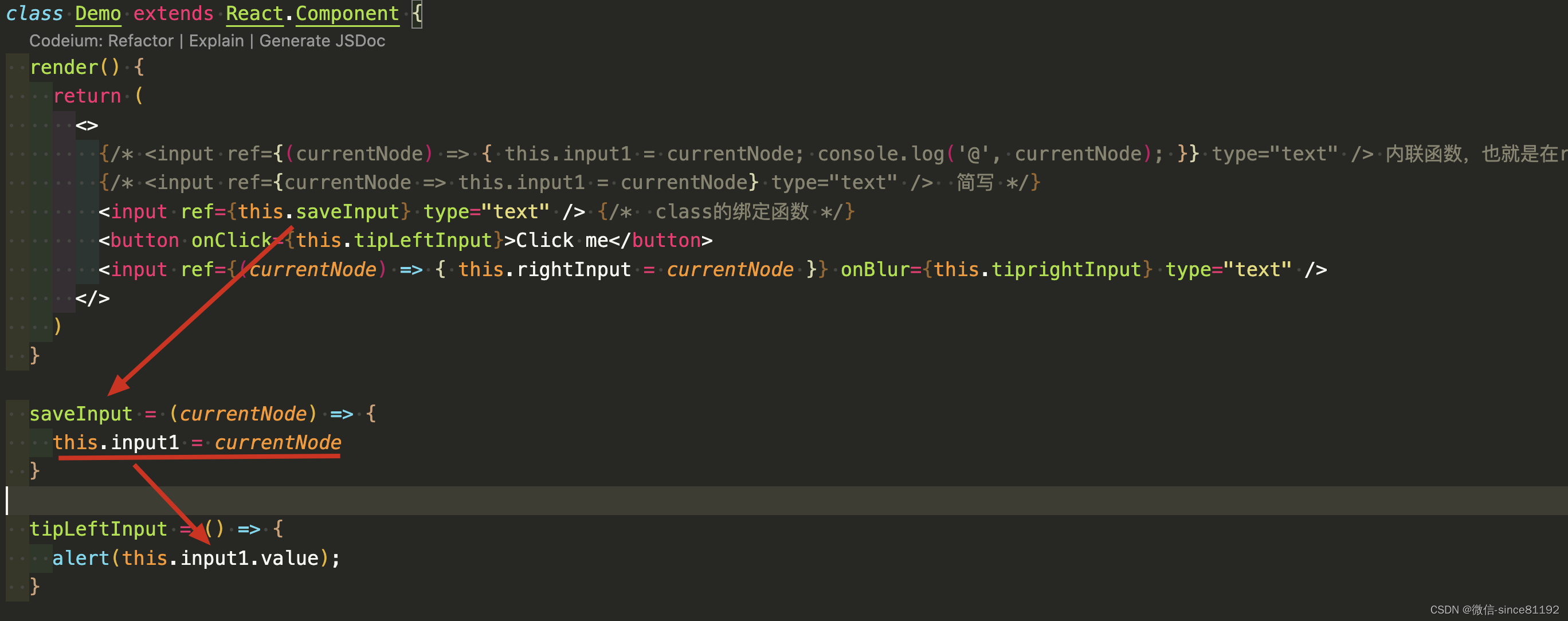
- createRef api创建ref , 较麻烦
class Demo extends React.Component {
render() {
return (
<>
<input ref={this.myRef1} type="text" />
<button onClick={this.tipLeftInput}>Click me</button>
<input ref={this.myRef2} onBlur={this.tiprightInput} type="text" />
</>
)
}
myRef1 = React.createRef()
myRef2 = React.createRef()
tipLeftInput = () => {
console.log(this.myRef1.current.value);
}
tiprightInput = () => {
console.log(this.myRef2.current.value);
}
}
5. 事件处理
- button要获取input的值,使用ref
class Demo extends React.Component {
render() {
return (
<>
<input ref={this.myRef1} type="text" />
<button onClick={this.tipLeftInput}>Click me</button>
</>
)
}
myRef1 = React.createRef()
tipLeftInput = () => {
console.log(this.myRef1.current.value);
}
}
- input获取本身DOM的值,使用e.target获取dom
class Demo extends React.Component {
render() {
return (
<>
<input onBlur={this.tiprightInput} type="text" />
</>
)
}
tiprightInput = (e) => {
console.log(e.target.value);
}
}
6. 非受控组件和受控组件
- 非受控组件,使用ref取值,不建议使用
class Login extends React.Component {
render() {
return (
<form onSubmit={this.submit}>
<input type="text" name="username" ref={ref => this.username = ref} />
<input type="text" name="password" ref={ref => this.password = ref} />
<input type="submit" name="" />
</form>
)
}
submit = (e) => {
e.preventDefault();
alert(`username: ${this.username.value}, password: ${this.password.value}`)
}
}
- 受控组件,使用state取值,建议使用
class Login extends React.Component {
state = {
username: '',
password: ''
}
render() {
return (
<form onSubmit={this.submit}>
<input type="text" name="username" onChange={this.saveUsername} />
<input type="text" name="password" onChange={this.savePassword} />
<input type="submit" name="" />
</form>
)
}
saveUsername = (e) => {
this.setState({ username: e.target.value })
}
savePassword = (e) => {
this.setState({ password: e.target.value })
}
submit = (e) => {
e.preventDefault();
alert(`username: ${this.state.username}, password: ${this.state.password}`)
}
}
7.高阶函数
-上面的代码重构,onChange 调用的是saveFormdate方法return的返回值,是个函数
必须把一个函数交给onChange
class Login extends React.Component {
state = {
username: '',
password: ''
}
render() {
return (
<form onSubmit={this.submit}>
<input type="text" name="username" onChange={this.saveFormdate('username')} />
<input type="text" name="password" onChange={this.saveFormdate('password')} />
<input type="submit" name="" />
</form>
)
}
saveFormdate = (params) => {
return (e) => {
this.setState({ [params]: e.target.value })
}
}
submit = (e) => {
e.preventDefault();
alert(`username: ${this.state.username}, password: ${this.state.password}`)
}
}
8. 生命周期,回调函数或者叫钩子函数
class Life extends React.Component {
// 构造器
constructor(props) {
console.log('constructor')
super(props)
this.state = { num: 0 }
}
// 组件挂载前调用
componentWillMount() {
console.log('componentWillMount')
}
// 询问是否更新组件调用
shouldComponentUpdate() {
console.log('shouldComponentUpdate')
return true // 默认返回true
}
// 组件更新前调用
componentWillUpdate() {
console.log('componentWillUpdate')
}
// 组件挂载,初始化渲染、状态更新后调用
render() {
console.log('render')
return (
<>
<h1 style={{ opacity: this.state.opacity }}>当前数字: {this.state.num}</h1>
<button onClick={this.add}>数字+1</button>
<button onClick={this.unmount}>卸载组件</button>
</>
)
}
// 组件更新后调用
componentDidUpdate() {
console.log('componentDidUpdate')
}
// 组件挂载后调用,调用一次
componentDidMount() {
console.log('componentDidMount')
}
// 组件卸载前调用
componentWillUnmount() {
console.log('componentWillUnmount')
}
// 数字+1调用
add = () => {
const { num } = this.state
this.setState({ num: num + 1 })
}
// 卸载组件调用
unmount = () => {
root.unmount();
}
}
